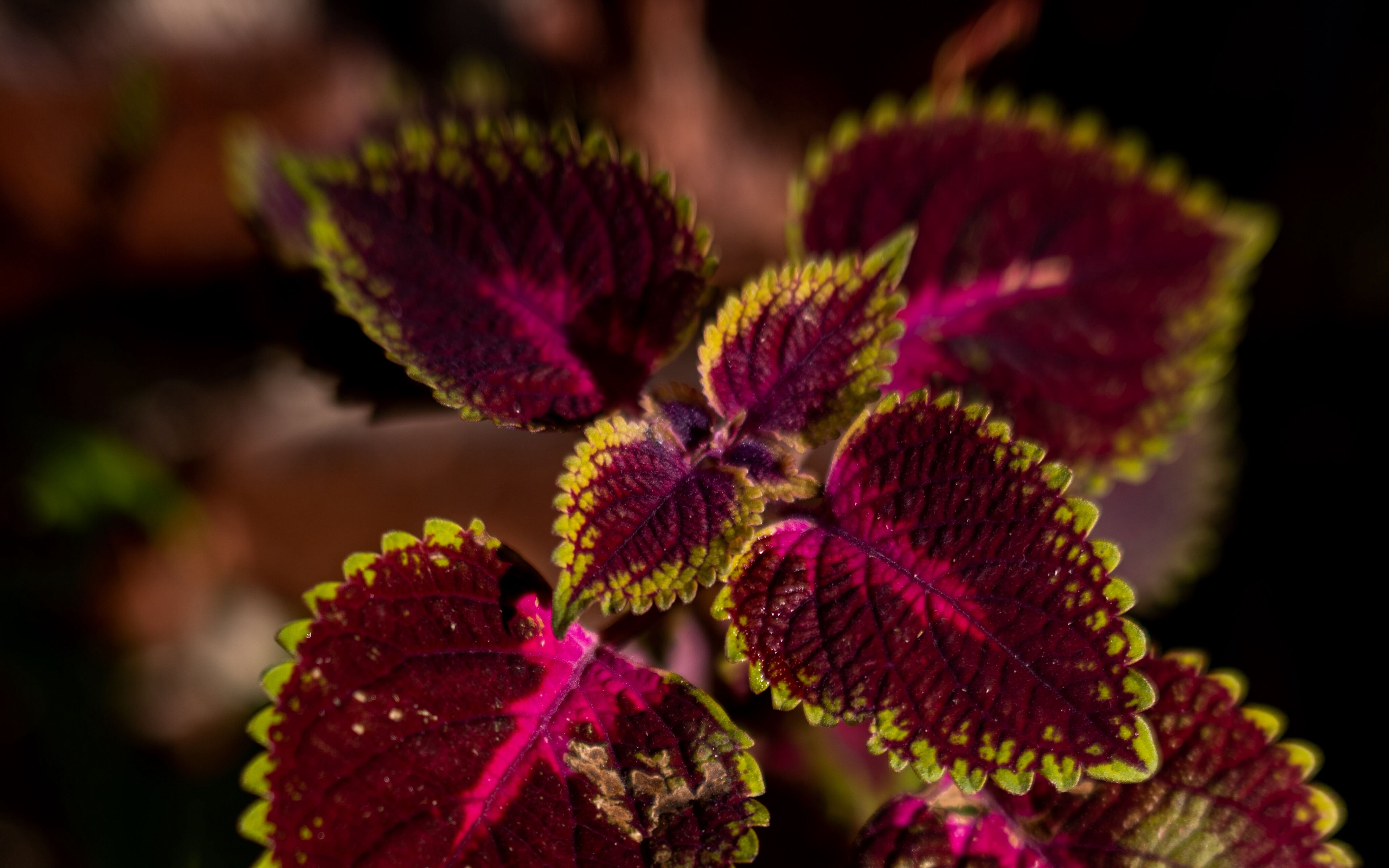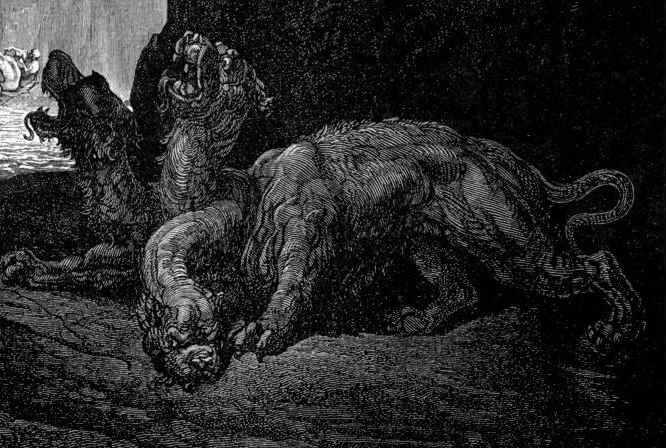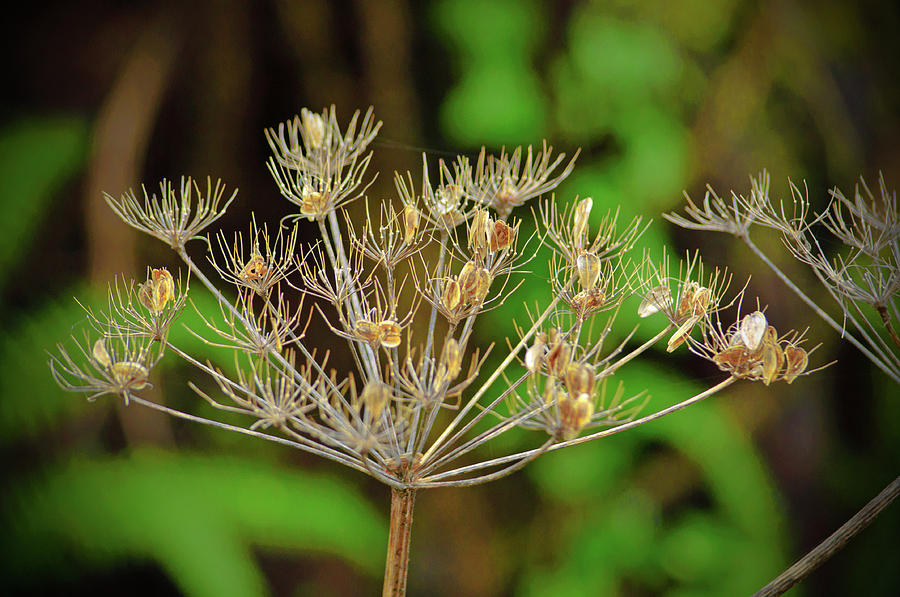The Most Poisonous Plants in the World.

Why are plants poisonous?
Plants have developed poisons because they cannot move to avoid predators. Plants have developed a variety of weapons (such as spines, hairs) and a lethal chemical arsenal.So Basically plants have developed poisons to somehow defend themselves against living things that consume them
Aconitum Napellus

Other Names:Monkshood,Wolfsbane
Biological Type: Perennial Herb
Maximum Size: 1 Meter
Flowering: June-September
Altitude: 300-2,400 meters
Geographical Zone: Euro-Asian Mountains and Moroccan Atlas
Habitat: Meadows, Forest clearings (Grows especially in moist soils rich in humus)
Description
The Aconite is known as the "Queen of Poisons" . Each part of this plant is highly toxic. According to the myth, the plant comes from Mount Aconite, where Hercules fought against Cerberus (the 3-headed dog of Hades),It is said that the saliva of the dog fell on the plant, which made it poisonous. In the Middle ages it was said that witches could invoke the devil with this plant.

Symptoms
Sweating and chilling of the body, nausea, vomits, and other similar symptoms. Sometimes there is severe pain, accompanied by cramps or diarrhea. There is burning, numbness and itching of the tongue, lips,pharynx (throat) and hands, blurred vision, slow and weak pulse, chest pain (chest pain is a discomfort or pain that originates in the chest), breathing between cut, seizures, and subsequent death from respiratory arrest or ventricular fibrillation. (Ventricular fibrillation is a type of abnormal heart rhythm).
Treatment
Since there is no antidote, treatment is usually directed at the symptoms. The patient must try to vomit several times or perform a stomach pump. Absolute rest and hot wraps are indicated. It is considered that if the patient survives the first 24 hours, then the patient may survive.
Atropa Belladonna

Other Names: Belladonna,Deadly Nightshade
Biological Type: Perennial Herb
Maximum Size: 2 Meters
Flowering: June-September
Maximun Altitude: 1.400 meters
Geographical Zone: Central and Eastern Europe; North Africa, Turkey, Iran and Caucasus
Habitat: Mountainous areas (It has a low tolerance to direct sun exposure. Found in normally shaded areas with silt-rich soil.)
Description
For many European traditions,The Belladonna has been (and continues to be) the subject of various beliefs, legends and fables. It was used in ancient Egypt as a narcotic.In Greek Dionysian orgies as an aphrodisiac(An aphrodisiac is a substance that increases sexual desire among people. The term derives from the name of the Greek goddess of love, Aphrodite, a divinity related to fertility and spring energy.), in Roman offerings to Athena, goddess of war, in Syria to "drive away sad thoughts", and in Celtic and Central European lands to honor Bellona,goddess of war.The berries are sweet and they contain atropine, and are eaten by birds, which disperse the seeds in their excrement, even though the seeds contain toxic alkaloids.(Belladonna means Beautiful Lady)
It is believed that its name derives from the domestic use that Roman ladies (Donnas Bellas) made of it, making an infusion with its leaves to whiten the skin and applying the juice of its fruit to the eyes to cause pupil dilation.

Symptoms
In toxic doses it causes delirium and hallucinations. Despite this, the plant is used medicinally in ophthalmology as a mydriatic and has applications as an antispasmodic, antiasthmatic, anticholinergic, etc.
Correctly used in pulmonology, it is used for bronchial spasm problems, although it can lead to a shortage of secretions. Belladonna extracts have been classically used in the treatment of Parkinson's disease and parkinsonian syndromes with relative success, taking care to prevent collateral and adverse effects. Belladonna is also used in gastroenterology in low doses as an intestinal neuroregulator in cases of irritable bowel syndrome, ulcerative colitis, etc.
Treatment
The antidote for belladonna poisoning is Physostigmine, which is the same as for atropine.

Conium Maculatum

Other Names: Hemlock, Poisonous Hemlock, Wild Hemlock, Poisonous Parsley, Spotted Corobane
Biological Type: Perennial Herb
Maximum Size: 2.5 Meters
Flowering: June-July
Maximun Altitude: 1.400 meters
Geographical Zone: Europe ,North Africa, West Asia, North America, South America, Australia, New Zelanda
Habitat: Vacant land, dumps, roadsides, Swamps ,Riversides
Description
The Conium is a highly toxic plant that contains coniina, a volatile neurotoxin which is harmful to the central nervous system.Although the Conium resembles to plants like the parsley(thats why some people call this plant Poisonous Parsley) or the carrot, every part of this plant is highly toxic including the seeds, flowers, leaves and fruits. Even in small quantities, the cicuta can be deadly, with symptoms that appear after 30 minutes from the ingestion. Also secondary poisoning may occur:A bird who eats Conium seeds can pass the poison to the human consuming their flesh; three hours after diarrhea, vomiting and paralysis may appear.

Known as a poison for suicides and executions in ancient Greece, the Conium was used to kill Socrates.The plant has a distinctive odour usually considered unpleasant that carries with the wind. The stems are usually spotted with a dark maroon colour before the plant dies and becomes dry and brown after completing its biennial lifecycle(A biennial plant is a flowering plant that takes two years to complete its biological life cycle.).

Symptoms
The symptoms of Conium poisoning often start with tremors, stomach pains, abundant salivacion, muscle weakness, tachycardia, and lost of speech, to what continue to convulsions, paralisis, respiratory failures, depression of the central nervous system, blindness and death
Treatment
There is no antidote for Conium poisoning, but washing the stomach shortly after the ingestion can prevent the appearance of serious symptoms. If not, it is possible to administer the diazepam medicine for the seizures

Papaver Somniferum

Other Names:Opium Poppy, Breadseed Poppy
Biological Type: Annual Herb
Maximum Size: 5 Meters
Geographical Zone: Turkey, Europe ,Asia, America,India
Description
Opium has been extracted from the poppy seed in the same way since ancient times: by making an incision and letting the sap turn yellow before separating it and letting it dry. The opium is then ground into a powder, sold in chunks or treated. to obtain drugs such as morphine, codeine and heroin, which constitute the opiate family.

Opiates are effective analgesics, as well as highly addictive; they are one of the most widespread narcotics and the ones that have been most abused in history. Sumerians called the poppy "The Plant of Joy" around 3400 BC
Sydenham's laudanum contained 1 pound of Malaga wine, 2 ounces of opium, 1 ounce of saffron, and 1 drachm of cinnamon and cloves. It was commonly used to relieve any type of pain (including pain from cancer and other terminal illnesses); to numb, for anxiety, for the treatment of diarrhea (prescription that is still valid in some cases) and to eliminate cough in all kinds of processes, from a simple flu to tuberculosis. For two centuries it was freely sold.
Laudanum and opium were considered the most important medicine of all those that existed in the pharmacopoeia of that time. In Spain it was sold in pharmacies at the price of 30 cents per gram, in 1925.
During the nineteenth century, in Victorian England, its exclusively therapeutic use led to other more social ones. Artists and writers considered it a divine nectar due to its narcotic properties and began to use it as a method of inspiration. Among its most famous consumers were members of the so-called "Diodati Circle", Lord Byron's group of friends who met at the Villa Diodati in the summer of 1816.
Another of the illustrious characters who suffered from the effects of addiction, although not in his own flesh, was Rossetti. His painting Beata Beatrix emerged as a tribute to his wife, who died of an overdose of laudanum.
Symptoms
Opium commonly affects the part of the brain that regulates breathing; dyspnea is often the first symptom of an overdose. Other symptoms include pinpoint pupils, nausea, vomiting, constipation, weak pulse, low blood pressure and dehydration, cardiovascular depression, unresponsiveness, and death.
i hoped you liked my website :)